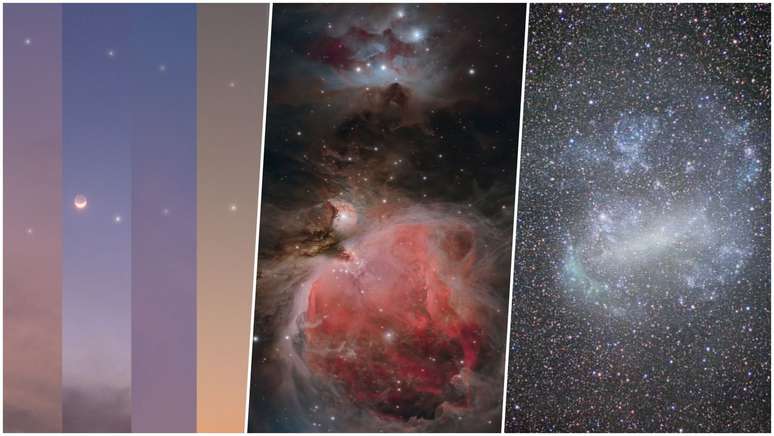Every Saturday, Canaltech collects the astronomical photos that NASA has chosen to highlight during the week. Here you can see beautiful images of Jupiter and Venus and more!
Jupiter and Venus had gradually moved closer within our observational perspective since February, but it wasn’t until early March that the planets merged into a nice conjunction. It is therefore not surprising to say that the planets were the stars – pardon the pun – of the images highlighted by NASA on the website Astronomy Picture of the day this week.
In addition to photos of the conjunction, you’ll find incredible images of the Large Magellanic Cloud, asteroid Dimorphos, and more.
Watch:
Saturday (04/03) – Approach of Jupiter and Venus
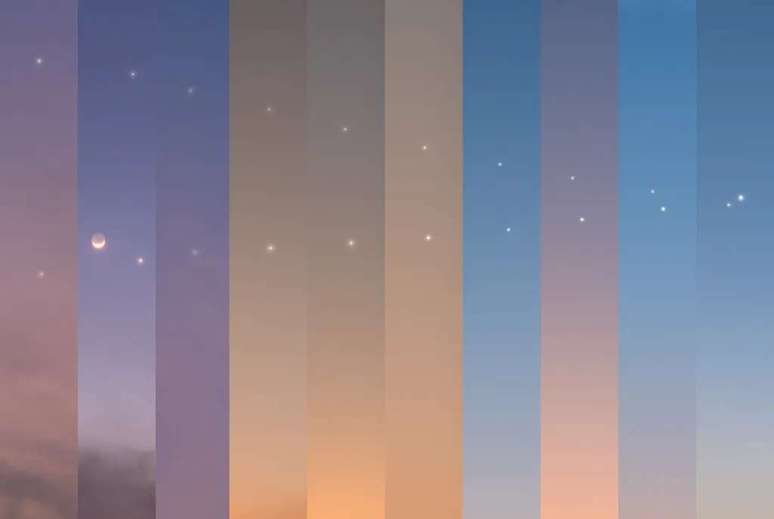
The sequence of photos above shows the gradual approach between Jupiter (top) and Venus (bottom). The first photo was taken on February 21, and the last on March 2, with the stars together in an incredible conjunction. They appear in contrast with the colors of the evening.
Of course, their proximity was a result of our Earth observation perspective, as the planets were separated by more than 600 million kilometers.
Sunday (05/03) — Planets in the Italian sky
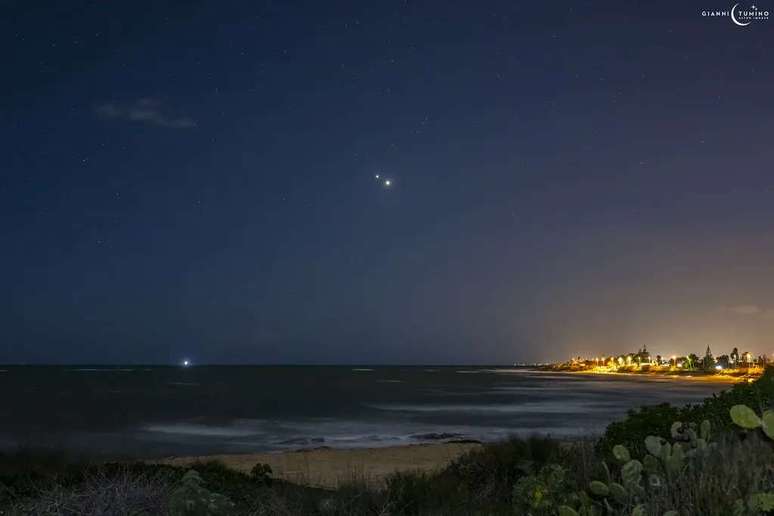
Here we have another spectacular photo of the conjunction of Jupiter and Venus, appearing on the left and right side of the photo respectively, as they were about to approach each other.
After conjunction, the planets can still be observed for about an hour after sunset. However, in the coming days, they will be separated by an increasing distance.
Monday (06/03) – Brightness of Jupiter and Venus
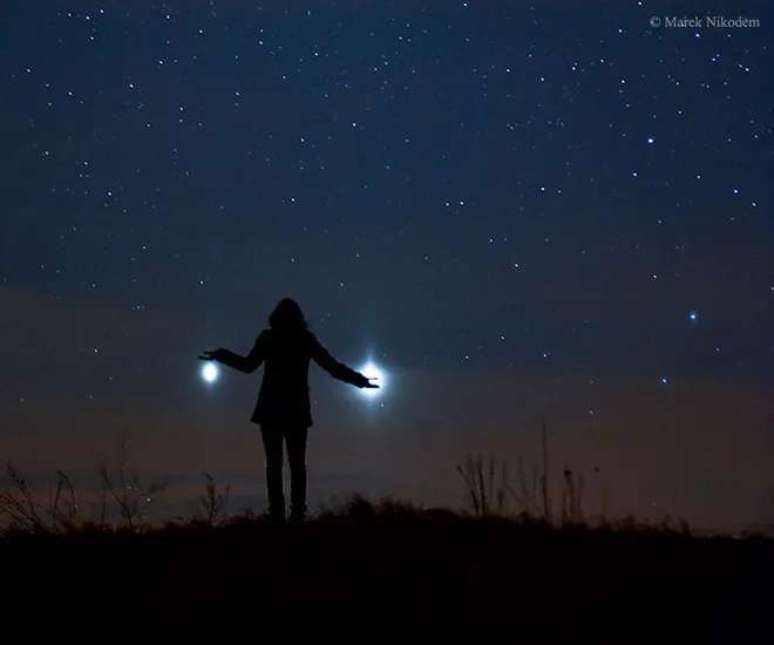
In 2012, Jupiter and Venus were in a conjunction visible almost everywhere on the planet. The stars appear in the top photo taken during the event, which carries Jupiter to the left and Venus to the right, accompanied by a reddish glow left by the setting sun.
- Learn more about photo of the conjunction of Venus and Jupiter
Tuesday (07/03) — Large Magellanic Cloud
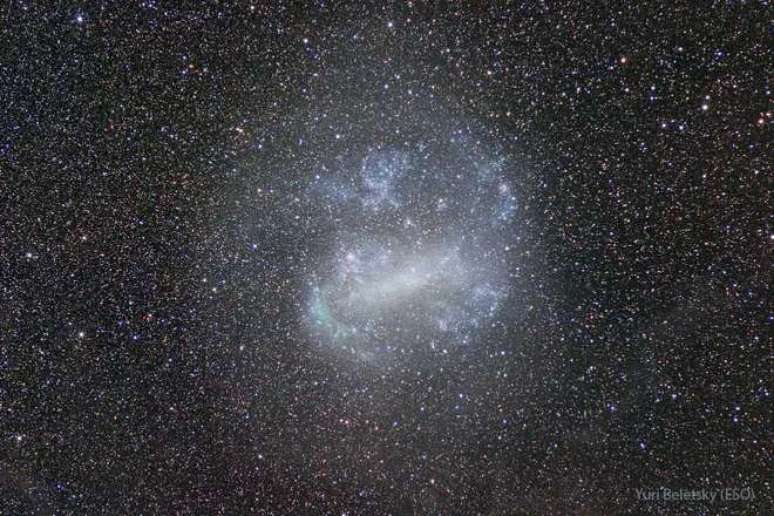
The bright, fuzzy shape pictured above is the Large Magellanic Cloud, the largest satellite galaxy of the Milky Way. Located in the constellation Dorado, it is about 180,000 light years from us and spans about 15,000 light years. This galaxy was home to SN1987A, the closest and brightest supernova recorded in the modern era.
- Learn more about photo of the Large Magellanic Cloud
Wednesday (08/03) — Light Pollution Map
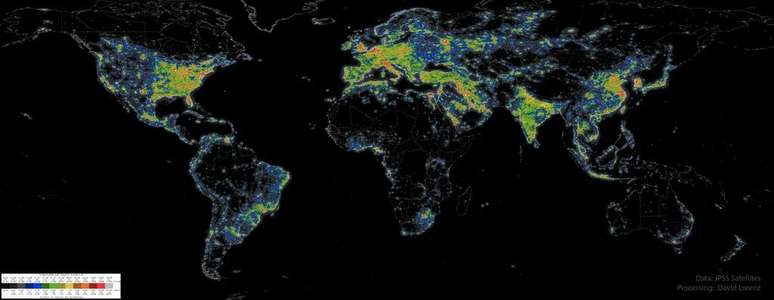
It should be possible to observe thousands of stars in the sky around the world, but today only a few of them are visible amidst a diffused glow from artificial lights. This is a consequence of light pollution due to artificial lighting, reflected by molecules and aerosols in the atmosphere.
In the map above, regions in shades of red indicate where the brightness of these lights is more than ten times brighter than the sky, blocking the view of the central belt of the Milky Way.
- Learn more about light pollution map photo
Thursday (09/03) — Asteroid Dimorphos and DART spacecraft
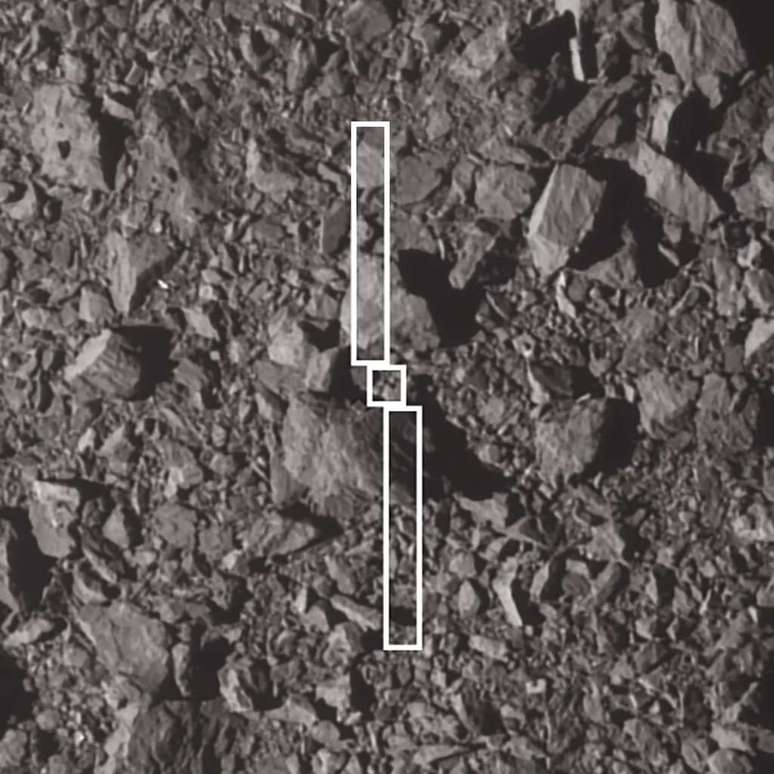
NASA’s DART probe snapped this photo just three seconds before it collided with asteroid Dimorphos. The outline in the image represents the structure of the spacecraft and its solar arrays at the time, projected onto the point of impact between two rocks on the asteroid’s surface.
After analyzing data from the mission, the scientists found that it shortened the orbital period of Dimorphos around the asteroid Didymos by about 33 minutes.
- Learn more about Photo of the asteroid Dimorphos
Friday (03/10) — Orion Nebula

In a single photo you can see the nebulae NGC 1977 and M42, known respectively as the “Running Man Nebula” and “Orion Nebula”. M42 spans about 40 light-years and is part of a large molecular cloud located just 1,500 light-years away.
Together, these nebulae represent only a small fraction of the regions in our galactic neighborhood that are filled with the “ingredients” for forming new stars.
- Learn more about the Orion Nebula photo
Source: APOD
Trending on Canaltech:
- Revenue Auction has network cards, SSD storage and more
- Scientists unlock ‘zombie virus’ that has been dormant for more than 48,000 years
- H5N1 | Butantan develops potential bird flu vaccine
- A new blood test can diagnose anxiety
- China unveils model of lander to take astronauts to the Moon
- Atlanta | When does Season 3 come out on Netflix?
Source: Terra
Rose James is a Gossipify movie and series reviewer known for her in-depth analysis and unique perspective on the latest releases. With a background in film studies, she provides engaging and informative reviews, and keeps readers up to date with industry trends and emerging talents.

